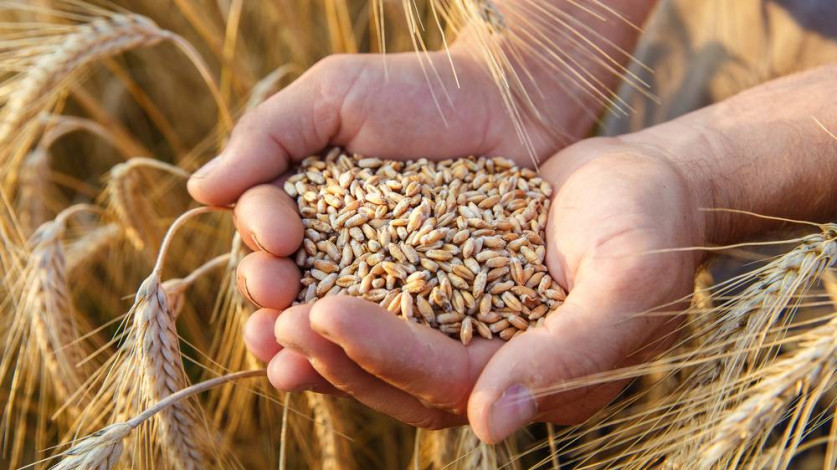
File Photo
What appears to be a record-breaking year for wheat production in Australia has been driven down by bad weather and the war in Ukraine, driving down international prices, and attracting the attention of China and other Asian buyers.
The US Department of Agriculture expects Australia to produce 36.6 million tonnes of wheat in its 2022-23 marketing year, an all-time high. After a smooth planting season, the growing area received a lot of rain. Concerns that heavy rainfall during harvest could affect quality did not change USDA's forecast.
High wheat prices were a driver of last year's rising inflation in many countries, prompting warnings of a global food crisis. Now the market pressure is reducing. Much of Australia's wheat goes to Asia, which accounts for a quarter of global wheat imports, particularly China, the region's top consumer of grain.
China imported a total of 7.87 million tonnes of wheat from January to October, stockpiling it for use at the end of the year and early 2023, Chinese customs data showed. About 60% of the total, or more than 4.9 million tonnes, came from Australia, up from 1.9 million tonnes, or about one-fifth, a year earlier.
"The quality of Australian wheat fits well with China's need for wheat to make noodles," said Ruan Wei of Japan's Norinchukin Research Institute.
Price is a factor as well. Australian wheat cost China an estimated $370 a tonne in October based on Chinese customs data. This is cheaper than the $440 or so paid for wheat from the U.S., where worries about poor weather reducing output have kept prices elevated. Market watchers at Japanese trading houses see Australian wheat exports as increasingly competitive both for food and animal feed.
Meanwhile, shipping conditions in China have improved. A shortage of truck drivers hindered transport from ports to inland areas early last year, forcing ships to wait for up to 30 days to unload grain cargoes.
"Now, truck drivers are coming back as the coronavirus outbreak settles down, and wait times for ships are down to a few days," said a representative at Japanese shipping broker Exeno Yamamizu.
The additional supply from Australia is helping to bring prices down. Wheat futures in Chicago have returned to their levels from before the war in Ukraine disrupted supply, hovering around 15-month lows in the low $7 range per bushel.
Asian imports of Australian wheat are expected to keep growing. Shipments from the Southern Hemisphere tend to increase around the start of the year, but Argentina's crop has been sharply reduced by drought. Demand for Australian wheat is brisk from price-conscious Southeast Asian countries such as Indonesia.
"There are differences in quality. But looking at the numbers, Russia is filling the gap left by Ukraine in the Black Sea region, and Australia for Argentina in the Southern Hemisphere," said Hideki Hattori, chief grain analyst at Japanese flour miller Nippn. "The market is searching for a bottom."
Food price inflation threatened countries worldwide last year, with poor weather compounded by the impact of the Ukraine conflict. But it appears to be easing. The Cereal Price Index from the United Nations Food and Agriculture Organization fell for a second straight month to average 147.3 in December, down 15% from the May peak. Because some Australian wheat is used for animal feed, there are hopes that the trend could help cool prices for some animal products as well.
Source:
Online/KSU
Comment Now